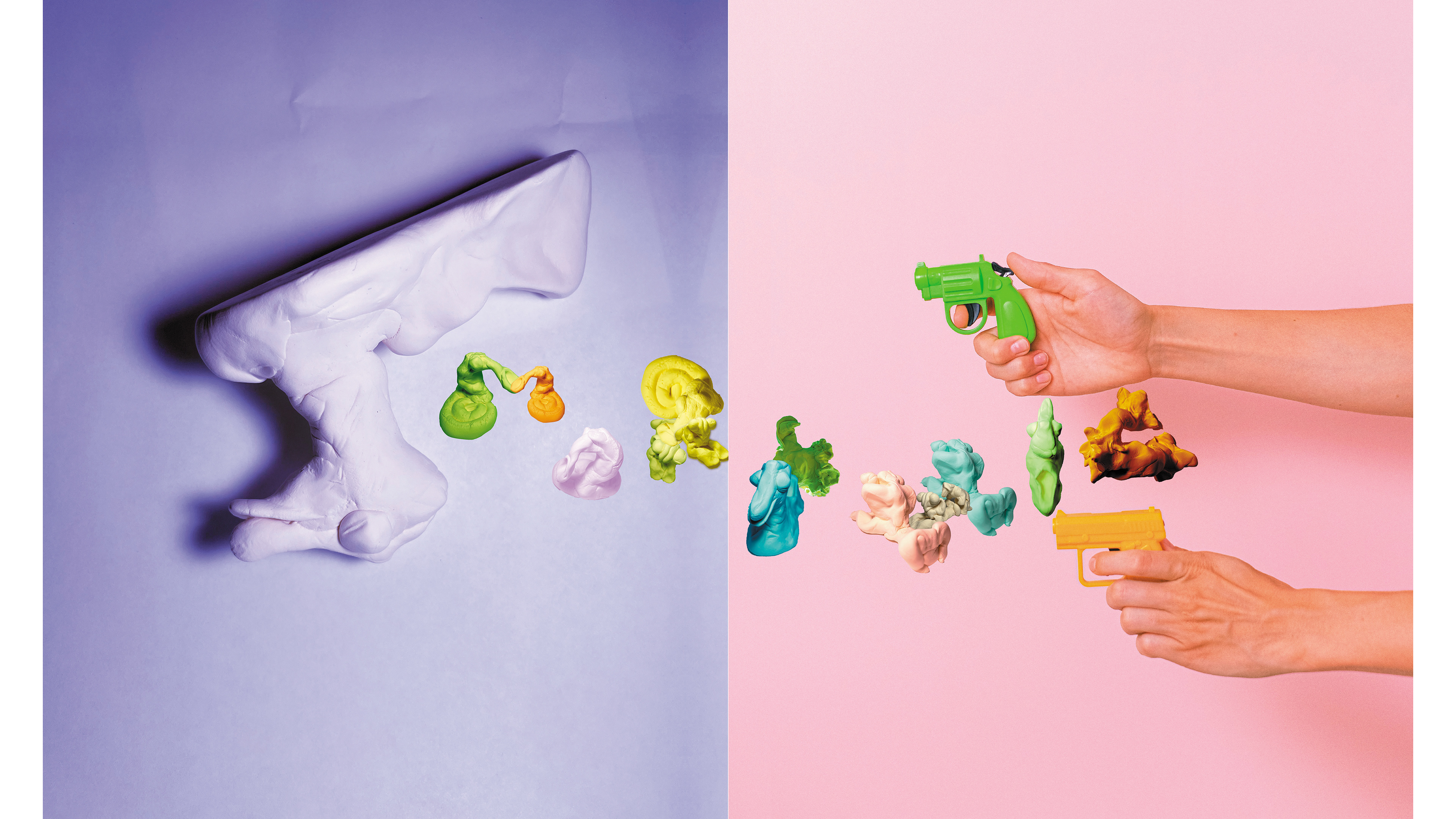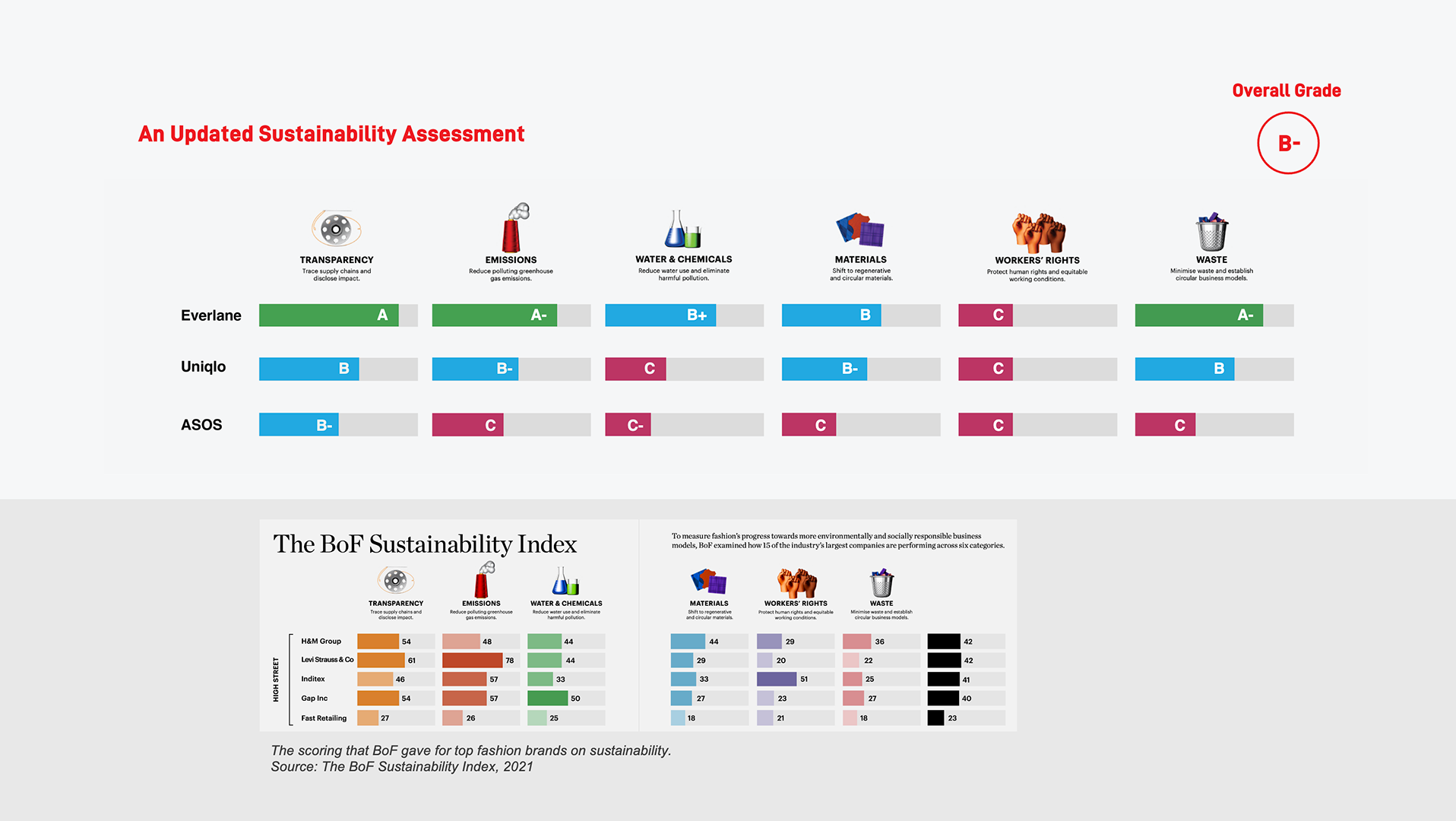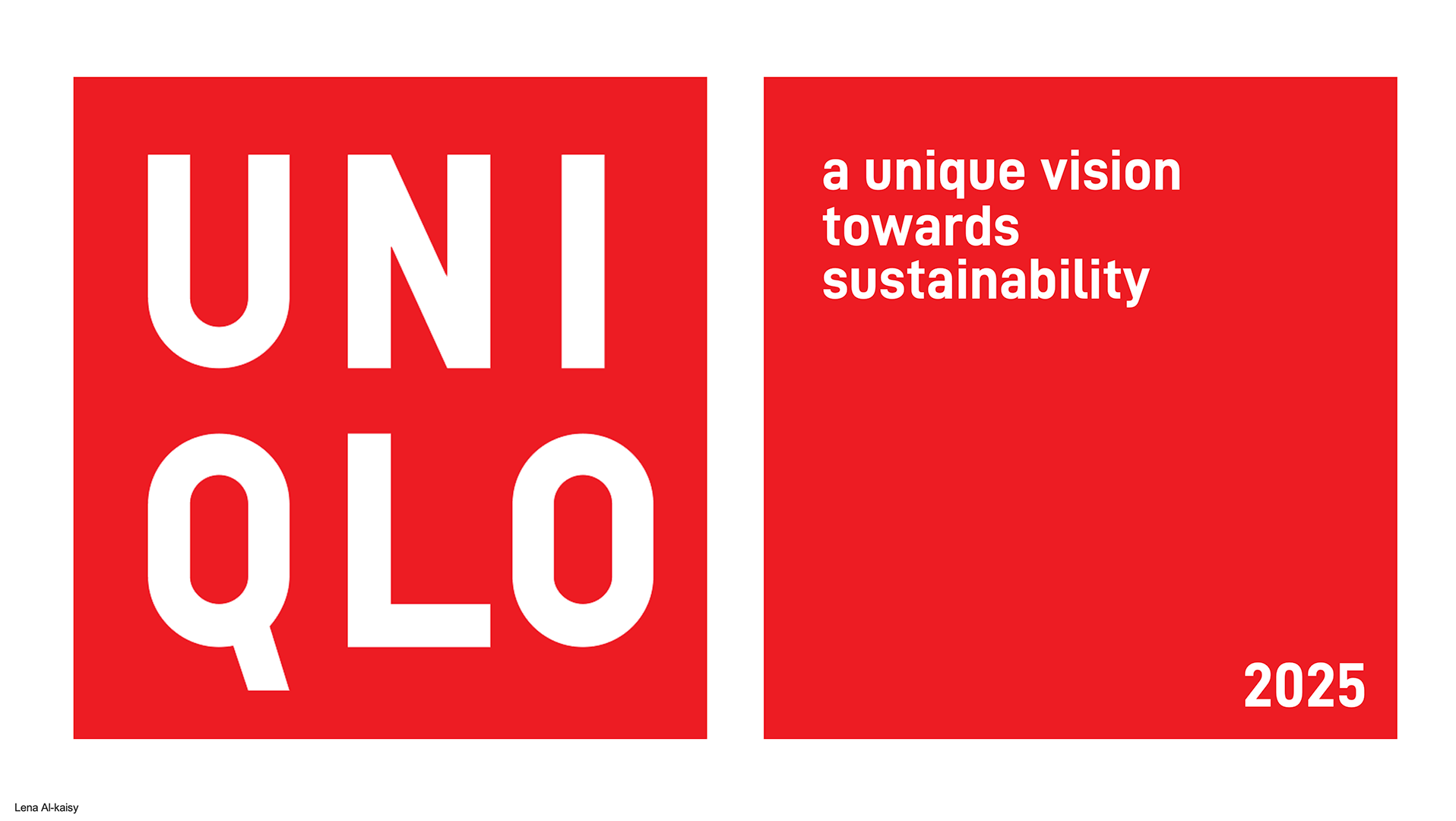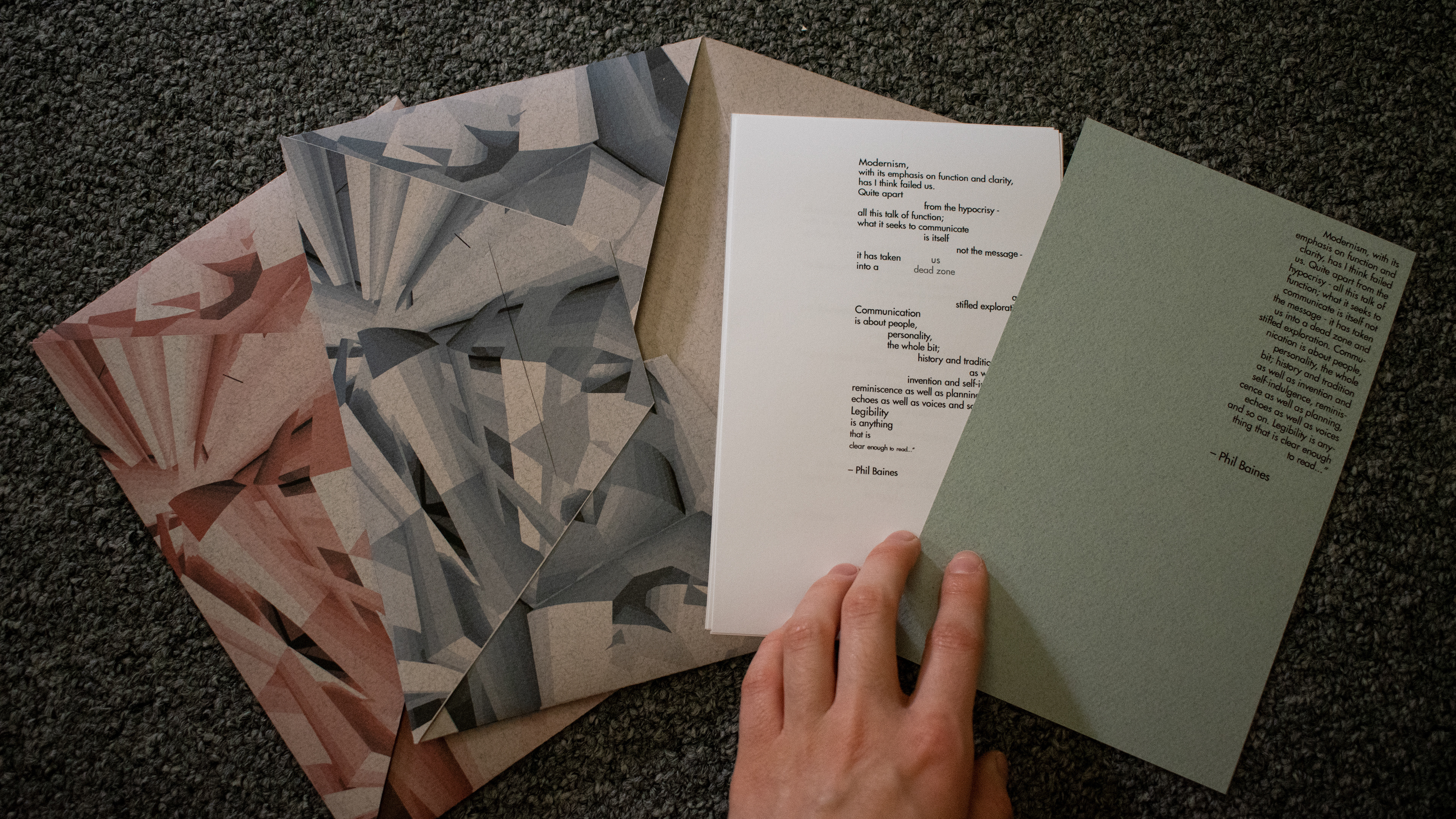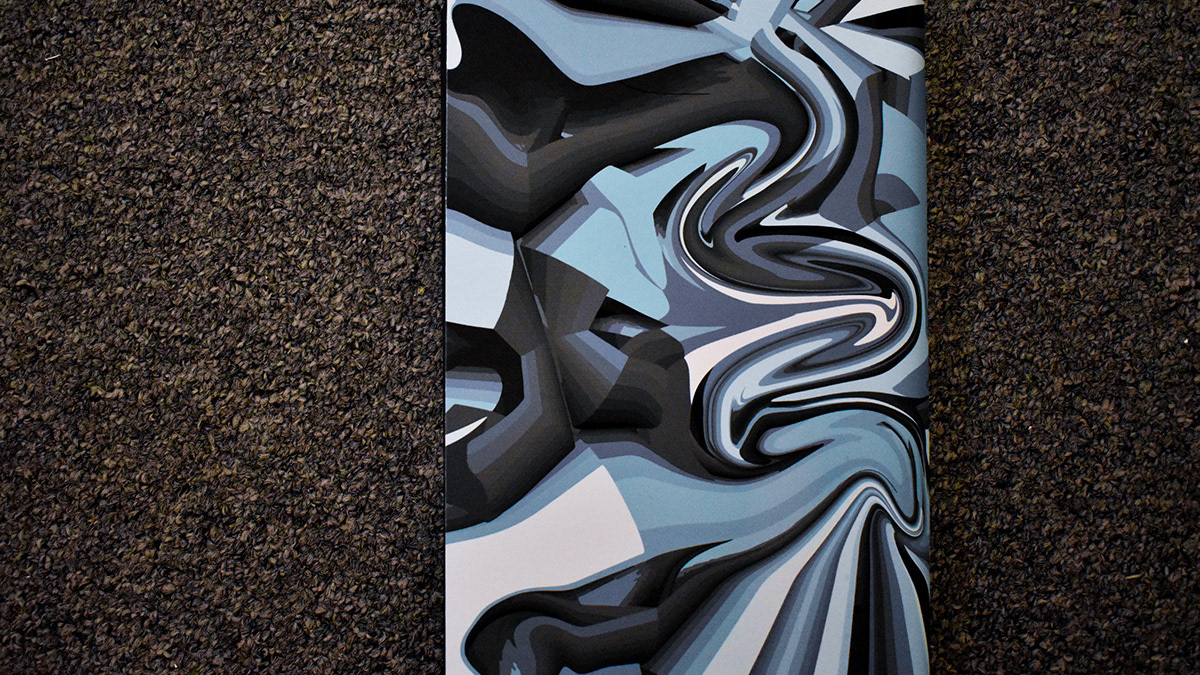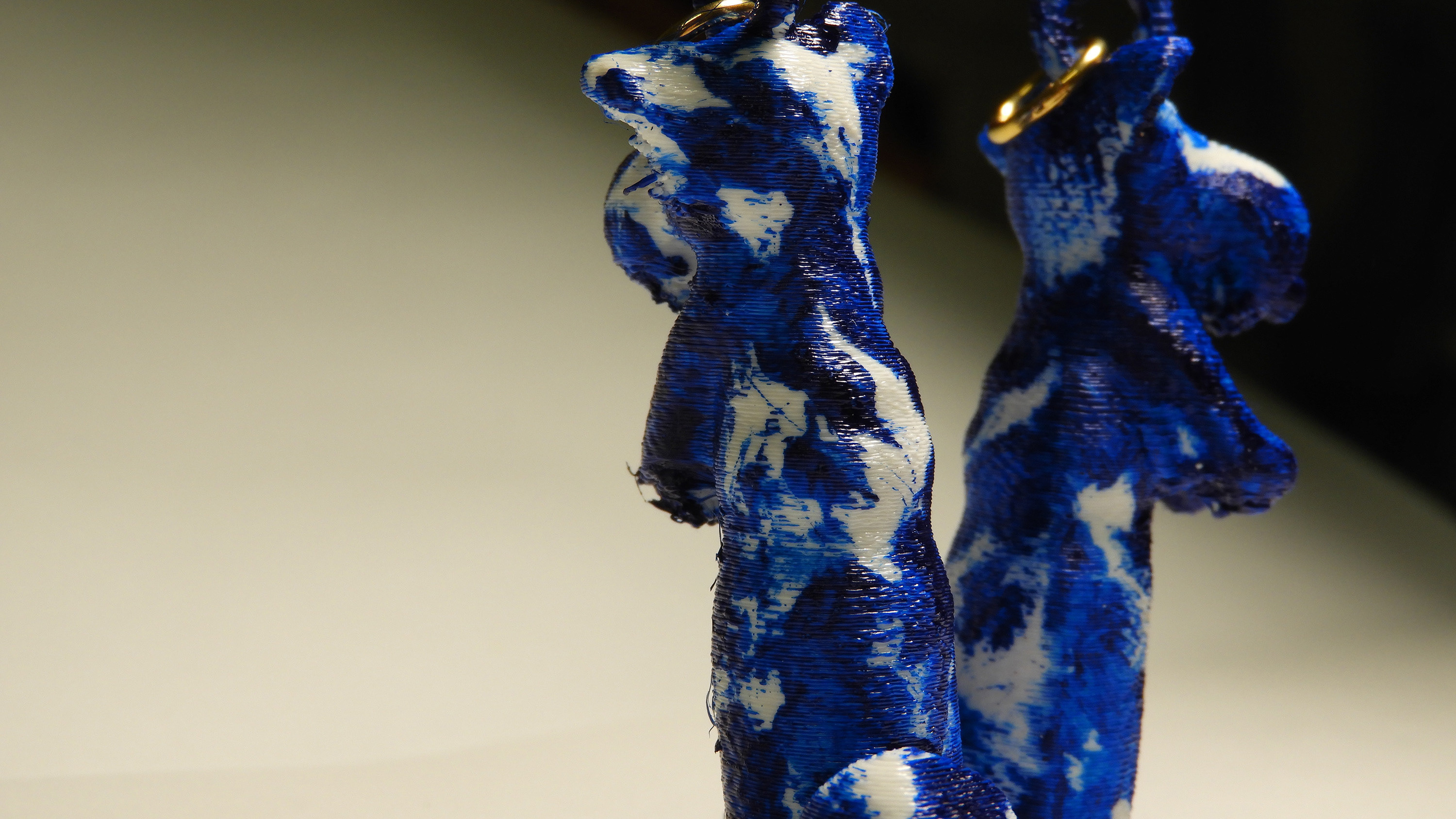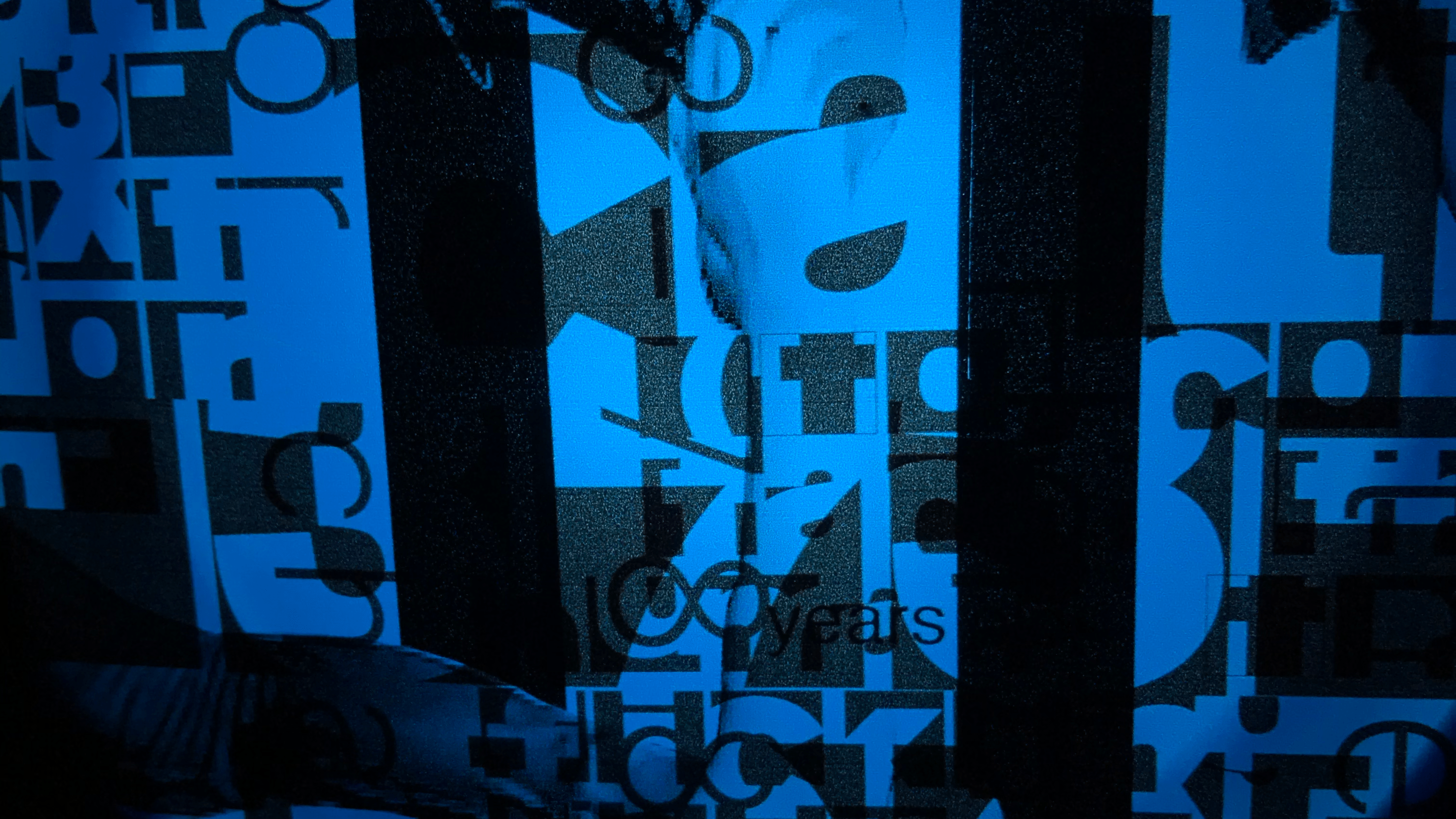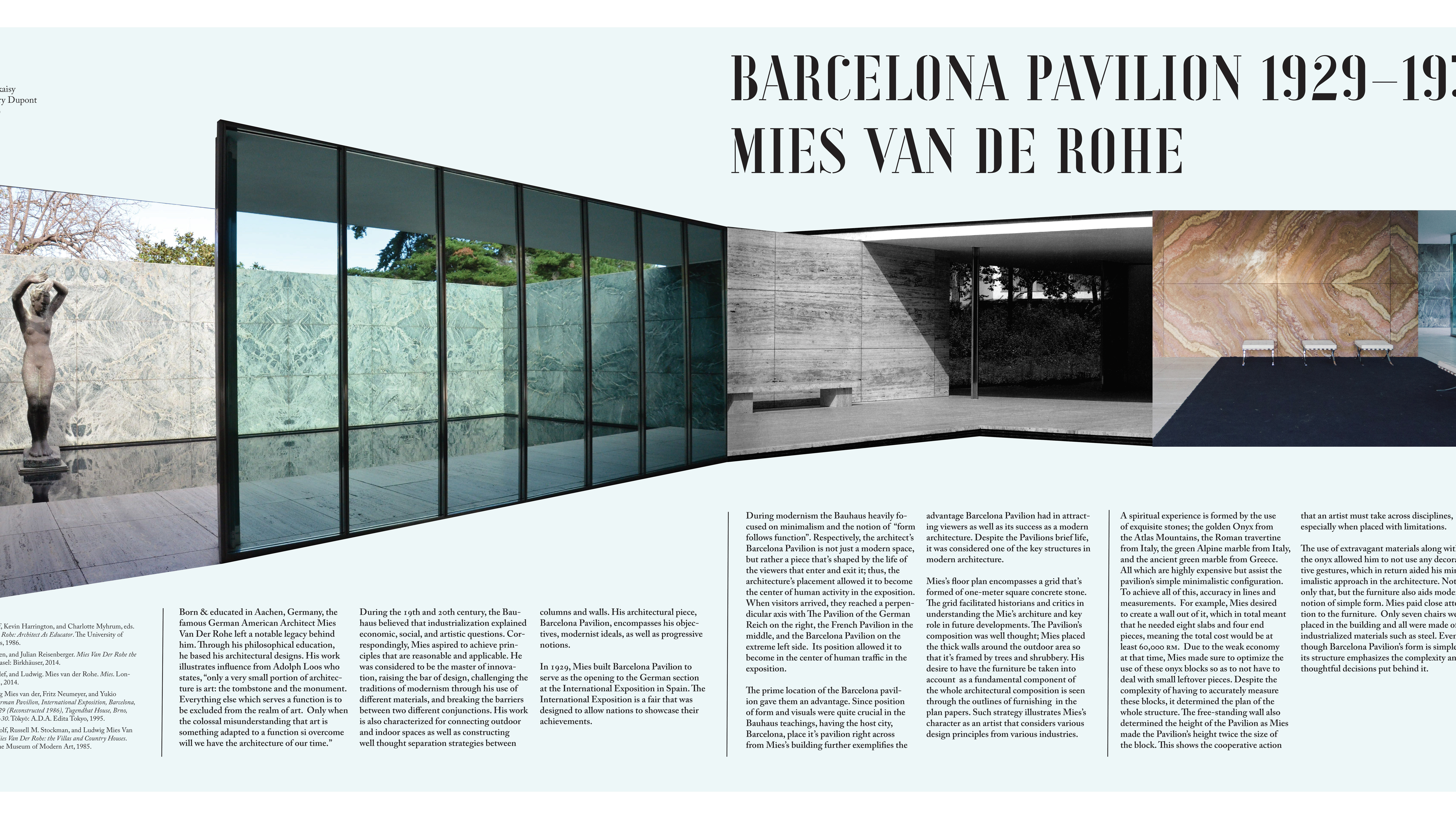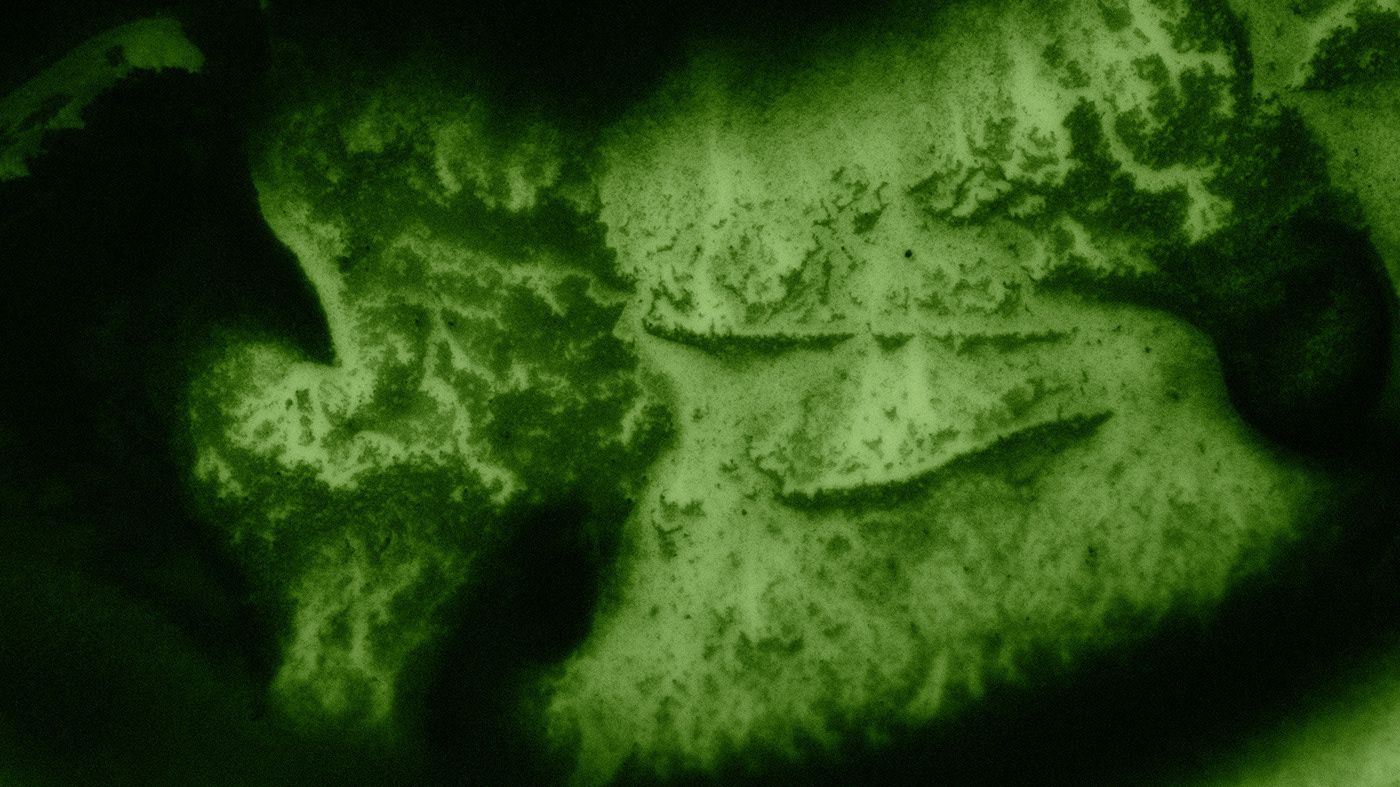Voice in Context
Design 2 / RISD 2020
How does design help public space “speak?”
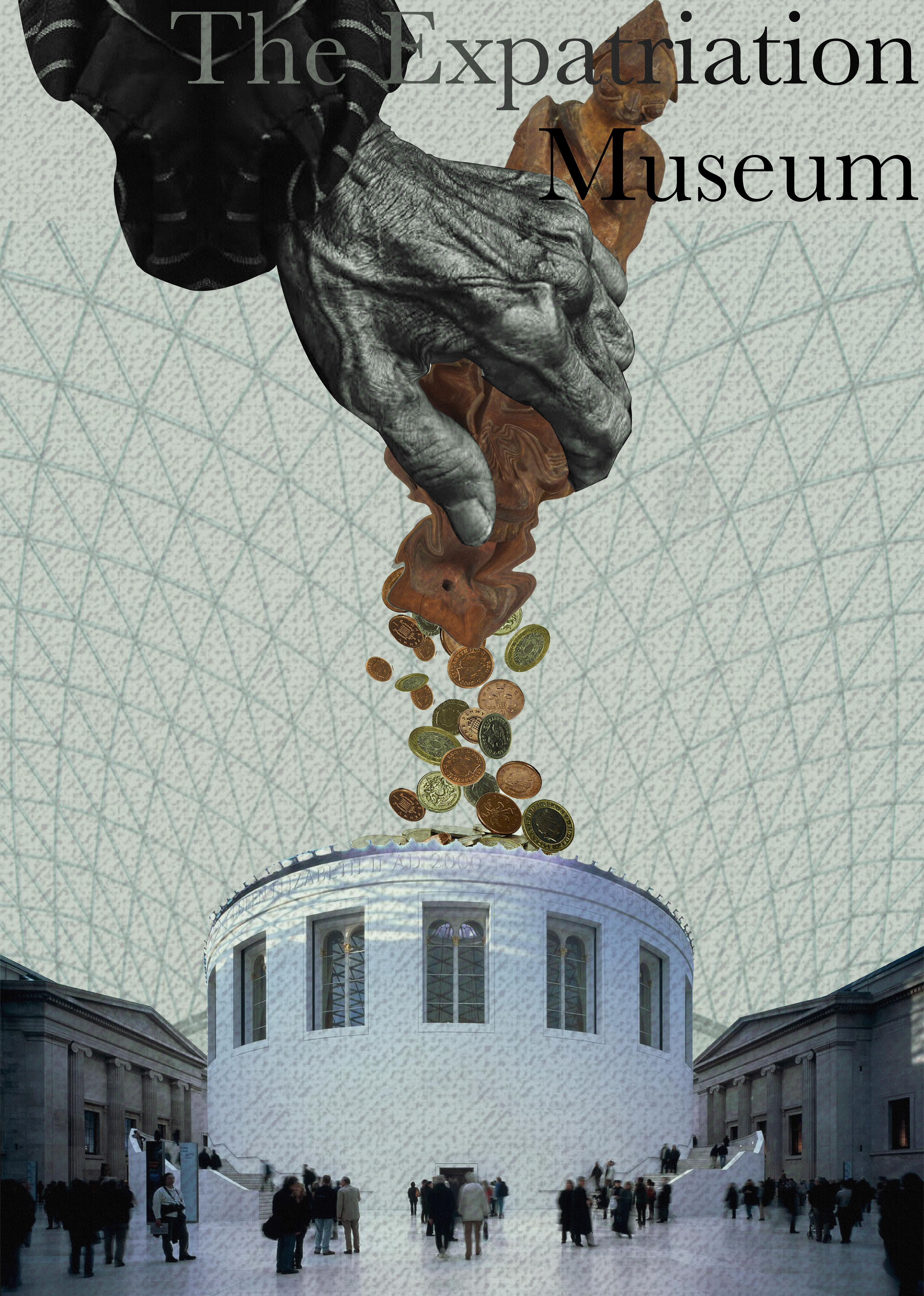

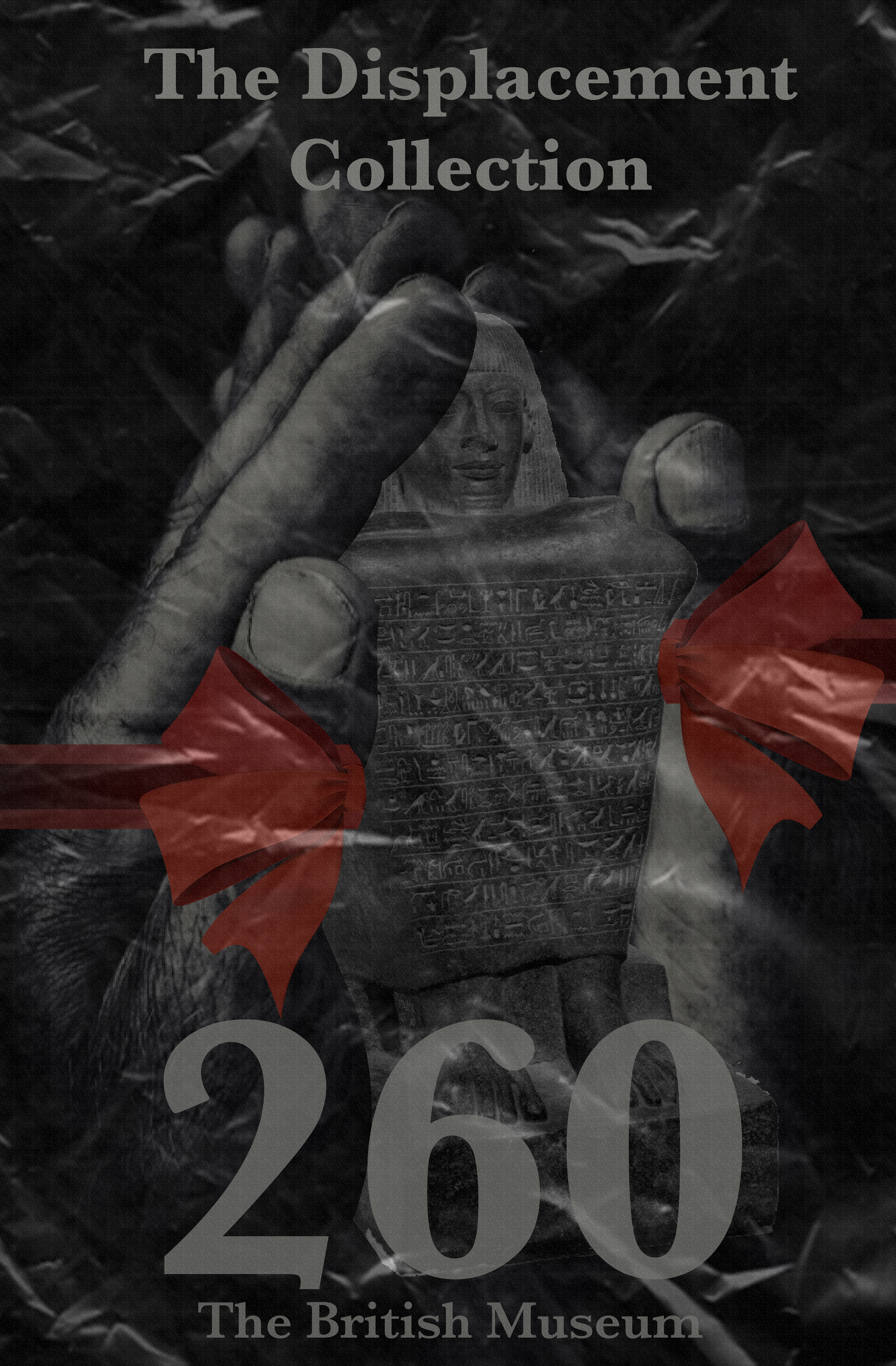
In-Depth Project Explanation
The British Museum has recently celebrated 260 years of sharing, giving, and preserving historical and cultural pieces. The museum’s diligence and detailed attention to preserving these monumental has been its greatest asset; yet, it’s hard to glorify an institution who’s ownership rights came to exist after a series of colonization.
While the museum celebrates 260 years of triumph, some might argue that it’s the mark of 260 years of colonization; a paradigm of the west’s continuous efforts to acquire ownership over artifacts that belong to a homogeneous population that does not include the west and especially not it’s “concerned” museum collectors.
Countries, such as Egypt and Nigeria, who’ve witnessed their artifacts slip in the hands of its colonizers are seeking the restitution of these items. With many of these countries flourishing, multiple plans for creating gallery spaces and museums that would hold endless historical and cultural statues are taking place. However, it’s hard for them to do so knowing that many valuable artifacts can’t reside in their own native museums due to the west’s acquisition of them. Which is why, in February 2019, a Nigerian Official, Steve Ayorinde, requested the return of a woodcarving piece known as the Lander Stool from the British Museum; Lander Stool was taken from Nigeria by the UK explorer Richard Lander in 1830.
The museum’s common response to the various restoration requests has been that their motives are ego-less and that they’re just concerned about the readiness of other museums to take full responsibility and care of such remarkable artifacts. It’s hard to decipher whether the museum is actually concerned with the well-being of these historical marks or it’s in desperate need for these monuments so long as they secure the visitors attention.
In 2015, after Daesh destructed various heritage sites in Iraq and Syria, the British Museum developed a four-year program called “Iraq Scheme”; a program that aims to “rebuild the destruction caused by Daesh – now defeated – during its reign.” The program’s message illustrated on their website sounds sincere; however, various reports and activists argue that instabilities in the region are caused by the same people who feign to protect, care, and offer to help it.
In 1897, after invading the Kingdom of Benin, the British troops stole about 4,000 sculptures. According to CNN, the museum holds one of the largest collections of bronzes with around 700 pieces. The same thing goes to other African regions such as Egypt. Endless pharaoh, tombs, jewelry, statues, etc from ancient Egypt are noted not only in the British Museum but in other reputable institutions such as the Louvre in France. Which raises the big question, when will these items rightfully return to their owner?
Personally, I believe that these countries have all the right to restitute all artifacts that have been unlawfully attained. Since the wellness of these items is the museums biggest concern, then it should be noted that in order to fully comprehend someone’s identity or story you must take their culture and origin into consideration. And what better way to do so than to view these items through the lens of the natives while they reside in their homeland?
Also, most museum labels for the statues being exhibited merely have any associations or in-depth explanations about their origin. I mean, since they’re taking credit for cultural conjunction and for “[revealing] the extraordinary cultural, artistic and historical diversity and complexity of the continent represented by the collections.” They might as well spell the whole truth about how they attained these pieces in the first place. A simple confession and apology would be a good start for their right path.
For my Design 2 class at RISD, we were asked to choose one specific visual marker and propose three iterations of how the marker can be improved and taken forward; thus, my visual marker is the predicament of western museum acquisitions over non-western artifacts. I’ve decided to focus on the British Museum for this assignment. I created three hypothetical posters that would be displayed in the public as a commentary on the museum’s 260-year celebration. Popular icons and figures can be noted in my posters. Since the Nigerian Lander Stool is seen as the beginning of a continuous effort to return all artifacts to their native land and it brilliantly shed light on this problem by exposing the British Museum, I decided to mostly use the Lander Stool statues in my posters. With that said, the least that I could hope for is that these posters raise awareness about the truth behind substantial institutions and at most, act as an instigator for probable solutions and change proposals.
